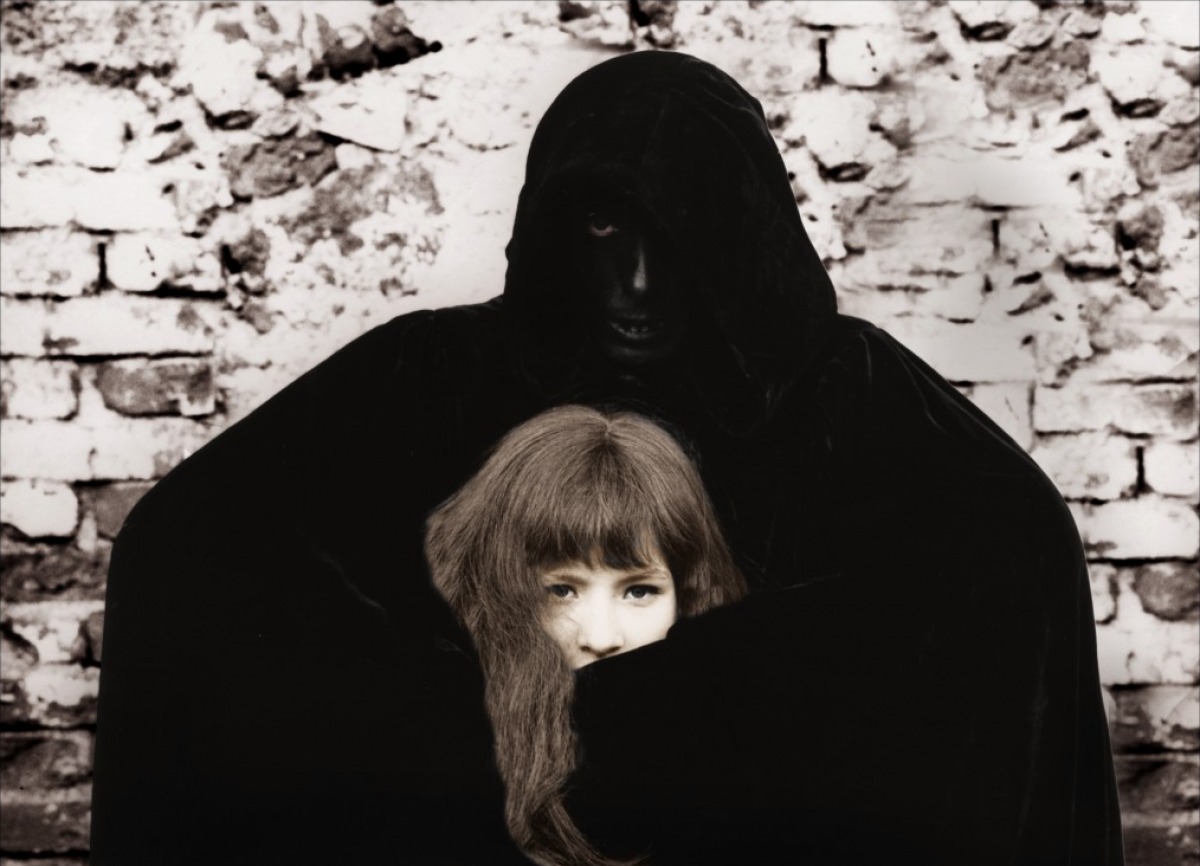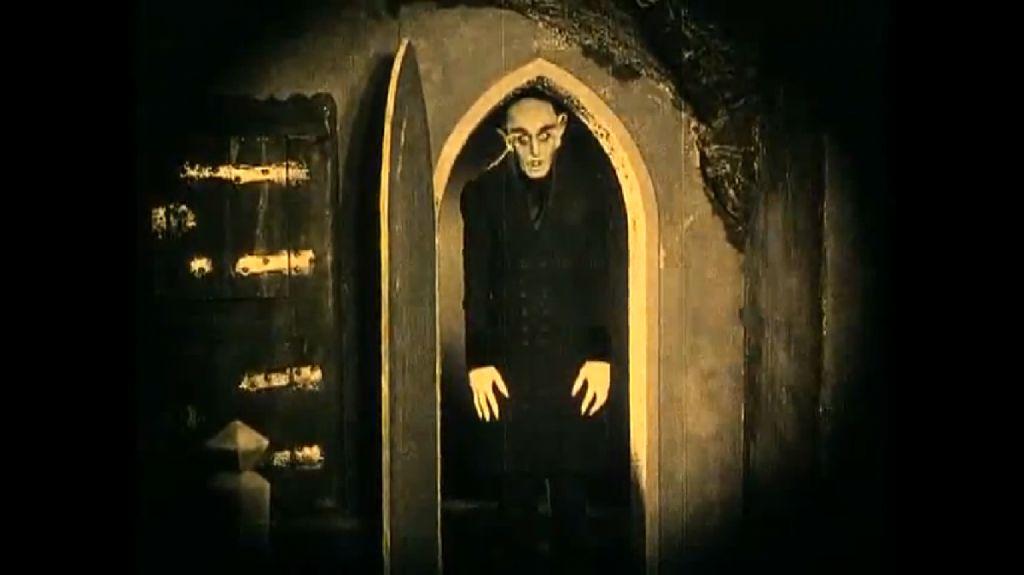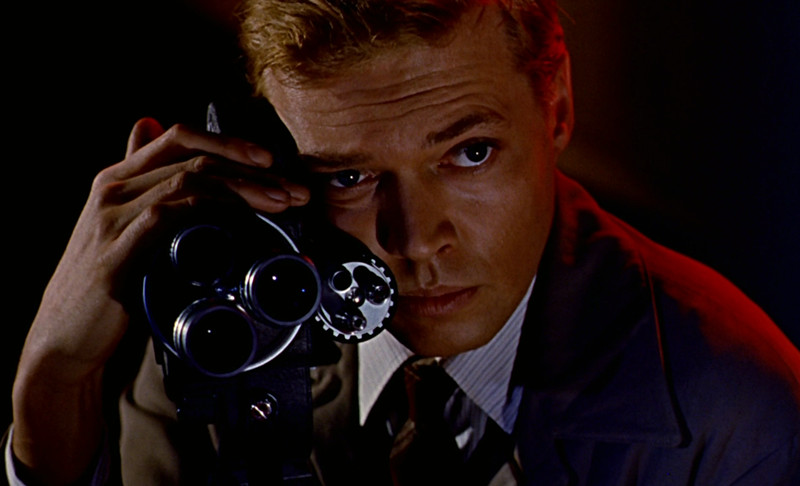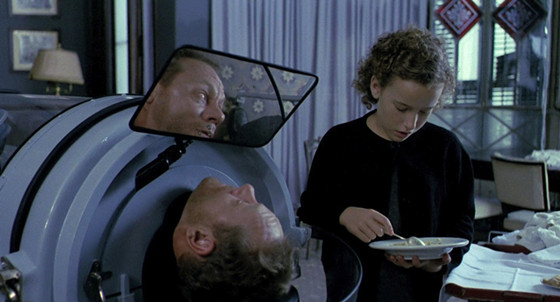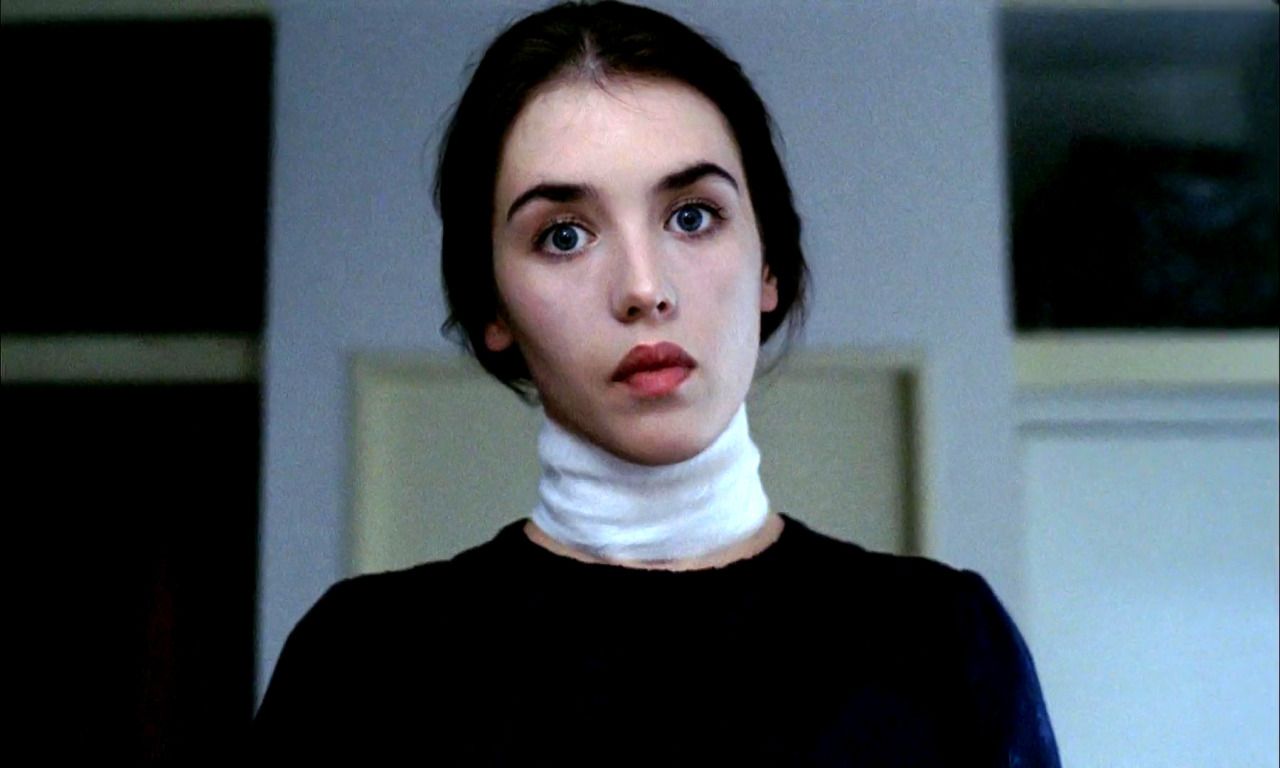
Horror generally ages worse than other genres – while the emotional core of dramas like Casablanca and It’s A Wonderful Life will never flag because we as humans will always be able to empathize, society’s tastes in horror change and what is scary for one generation is not scary for the next.
Each new generation has difference standards of special effects, pacing and censorship that mould their horrors. Show a modern teen the original Halloween and they will not be phased and perhaps even be bored (though no doubt they would spend the majority of the film staring at their phones, damn kids), but show a teenager from the 70’s Saw and they would probably faint. That said there are some classic horror films that have stood the test of time and are still frightening today.
Horror has pretty much been about since the beginning of humanity, before the invention of bending reality and the birth of fiction, true stories of horrific acts would have been told within a tribe, then later embellished to entertain and, in an advisory cautionary manner, educate. Greater embellishments created Gods and monsters in which to be fearful – these tales became myths, legends and folk-tales, which became fairytales, which eventually evolved into the first horror novels.
Europe, for the sake of western cinema, is where horror’s form started: Horrific Greek myths, Dante’s Inferno, Paradise Lost, Shakespeare’s Hamlet and Macbeth, Grimm’s Fairytales, Mary Shelley, Bram Stoker build the foundation. The first film which features horror elements was a French film, Georges Méliès’ The Devil’s House in 1896.
Classic European Horror is primal and more in touch with the past – compare Europe’s ancient looking Nosferatu with the slick young American Béla Lugosi in Dracula, the history soaked Black Sunday and The Cabinet of Dr. Caligari against the almost science-fiction Frankenstein and The Invisible Man.
Here are twenty of the finest classic (pre-1990) horror films from Europe. There is a limit of one film per director, otherwise the list would be dominated by Bava and Argento. Make sure to comment and say how Hammer Horror productions were missed completely, that Fulci has better films than Zombie or that Salò, or the 120 Days of Sodom is more essentially horrific than the majority of the films listed below.
20. The Wicker Man (1975, UK)
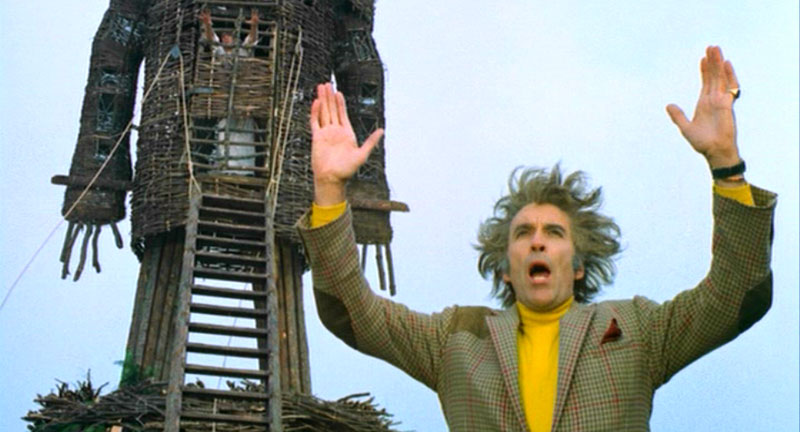
Edward Woodward’s Sergeant Howie investigation of a child’s disappearance on the remote Scottish island of Summerisle goes horribly awry when the devotedly Christian detective interacts with the cultish pagan locals.
Sometimes described as “The Citizen Kane of horror movies”, The Wicker Man like Kane has fallen marginally in the public consensus of late but is still an awe-inspiring achievement – the ominous atmosphere that pervades the film is truly creeping, the folk musical sequences unease the viewer more so and the final shot is one of the most iconic in cinema.
Joining Woodward are Hammer Horror hero Christopher Lee, playing to his strengths as the mysterious Lord Summerisle, and Britt Ekland, infamous for her seductive nude performance of “Willow’s Song”.
The US remake with eternal exaggerator Nicolas Cage is memorable for different reasons and is a lesson in how tonally different two films from the same source material can be. Director Richard Hardy eventually directed spiritual sequel The Wicker Tree in 2011 to mixed reviews, but despite these slights the original will always remain as a British horror classic.
19. Valerie and Her Week of Wonders (1970, Czechoslovakia)
Valerie and Her Week of Wonders is a exploration of growing up into adulthood (or more specifically womanhood) and escaping childish things which takes the form of a surrealist, occasionally horrific fairytale and features vampires.
Czech director Jaromil Jireš creates some arresting and truly unforgettable images including a fountain ablaze and the titular Valerie laying in bed, hair sprawled out with two smoking guns above her head. The images would be nothing without a compelling protagonist, thirteen year old Javoslava Schallerová excels as the titular Valerie evolving from elfin naivety to maturity through her journey.
Fairytales live or die by their villain and Valerie has that in Weasel, a shapeshifting, half-man half-vampire who may or may not be her father. The plot involves magical pearl earrings, Valerie’s grandmother seeking eternal youth to her granddaughter’s detriment and possibly takes place in more than one realm – the film’s dream-like logic makes it so the storyline is just framework for the inventive weirdness of this lean 72 minute gem.
The film became a strong influence for the more coherent The Company of Wolves which has a similarly strong young female protagonist and Russian Doll narrative structure, but is nowhere near as whimsical as Valerie and Her Week of Wonders.
18. Cannibal Holocaust (1979, Italy)
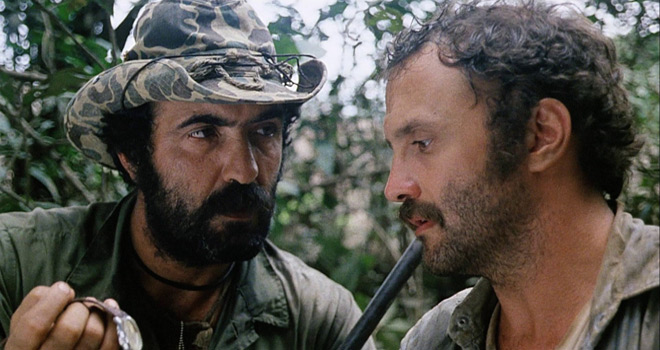
An unsubtle allegory for white colonialism, a bunch of smarmy filmmakers travel into the deepest Amazon in an attempt to discover the various, cannibalistic tribes that inhabit the area. The leader of the group smiling at a horrific impalement that their actions have caused is sickening, the crew metaphorically and then literally raping an indigenous tribe because it is sensationally newsworthy.
Rarely has seeing a collection of people getting ripped apart seemed so deserving. While the opening hour is nothing but perfunctory story and character set up, the concluding found-footage 40 minutes is brilliant button-pushing shock cinema and the reason that Cannibal Holocaust gained infamy.
Accusations at the time of it being a snuff film seem twee now, but the main controversy remains the amount of actual animal slaughter on screen – the butchering of a turtle is especially stomach-turning, it twitching post-decapitation before its insides slop onto the ground.
Cannibal Holocaust’s main influence is as an innovator, films like The Last Broadcast and The Blair Witch Project have mined the found-footage technique for scares, and the “it’s real” back-story for marketing purposes. For those sick of Paranormal Activity rip-offs perhaps try the original found-footage horror.
17. Nosferatu: A Symphony of Horror (1922, Germany)
Despite its age (93 years old!) and unwieldy 5 act structure, F W Murnau’s Nosferatu is still the standard by which horror, especially Dracula tales, are held up against.
Though a rather blatant copyright-skirting rip-off of Bram Stoker’s Dracula Nosferatu formed the shape of vampire films to come – Expressionistic tall shadows, gothic castles, the antagonist’s aversion to sunlight and his apparent hypnotism are all present though later in incarnations rarely replicated a vampire’s almost comical ability to run like the Flash.
Max Schreck’s nightmarish Count Orlok is a different beast of vampire to the Béla Lugosi/Christopher Lee type: though just as interested in the fairer sex – he’s less a Lothario and more a creature of primal lust, and actually physically looks several millennia old. While older, especially silent films are seen as quaint by modern standards,
Nosferatu still has the ability to frighten, in fact it was banned in Sweden until the 70’s due to “excessive horror”. Recent New Zealand vampire mockumentary What We Do In The Shadows references Orlok with their ancient, vicious, but obviously silent character Petyr – decades later, the timeless influence in still felt.
16. Peeping Tom (1960, UK)
1960 was a revolutionary year for horror and most of that is due to two films. Alfred Hitchcock’s Psycho mixed plot twists, mother issues and that shower scene to create an extremely compelling and influential horror.
The real innovator though was UK’s Peeping Tom a shockingly grimy, violent film by respected director Michael Powell (The Red Shoes, A Matter of Life and Death). The story of a sexually repressed young man with a penchant for filmmaking, naked women and murder. Unsurprisingly for a 1960 film, it suffered major cuts to be BBFC approved and the ensuing scandal ruined Powell’s career.
The most shocking element of Peeping Tom was that it made the audience experience the murders from the point of view of the killer, effectively getting inside his head and seeing the looks of terror of his victims’ faces – this pre-dates the much celebrated opening sequence of Halloween or the various first person perspective slaughters in the Italian Giallo films; as such Peeping Tom could be cited as the first slasher. Psycho wishes it could be as sordid and terrifying as Peeping Tom.
15. In a Glass Cage (1986, Spain)
Sometimes the implication of an odious act in film is worse than showing it, giving the mind space to create its own horrors. Augusti Villaronga’s In a Glass Cage has plenty of horrors to imaginatively make worse. After a failed suicide attempt, in-exile former Nazi Klaus is paralysed, confined to an iron lung and in need of a carer.
A local youth by the name of Angelo takes the position with great interest and an almost instantly revealed ulterior motive. Angelo, as part of his service, shames Klaus by reading aloud from his written account of his various evils, before willingly re-enacting them before the immobile Klaus.
Aside from the controversial issue of Nazi war crimes, In A Glass Cage flirts with elements of child torture and paedophilia, while the basis of the film seems to be the wilful mistreatment, persecution and sexual abuse of a quadriplegic. The constant pumping of the iron lung pervades the soundtrack to make this already disturbing film even more unsettling. Though the film itself is slow and fairly tame in what is on view, it endures in the place it can fester and putrefy: your mind.
